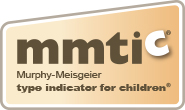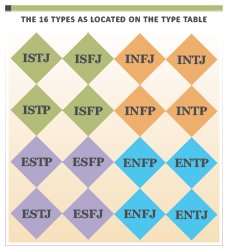_thumb.png)
Meeting Our Needs With Respect: Type Tip #27
People who prefer Extraversion re-energize by engaging, doing, and interacting, whereas those who prefer Introversion need solitude and quiet time to re-energize. As a parent who prefers Introversion balancing the needs of a child who prefers Extraversion can at times be challenging. When a parent comes home at the end of the workday wanting solitude or quiet time to recharge, they can feel overwhelmed and frustrated when their child with a preference for Extraversion wants to follow them around ready and excited to interact. An adult who prefers Introversion, without those needed moments of solitude, can "act out" just as much as a child who prefers Extraversion who doesn't get enough needed interaction and engagement. Instead of "acting out" and treating one's child as if his/her behavior is wrong or annoying, a parent can say, "I need a few quiet moments alone after my busy day. Then let's play and talk about your day." Parents can ask for their needs to be met, too.



_thumb.png)













